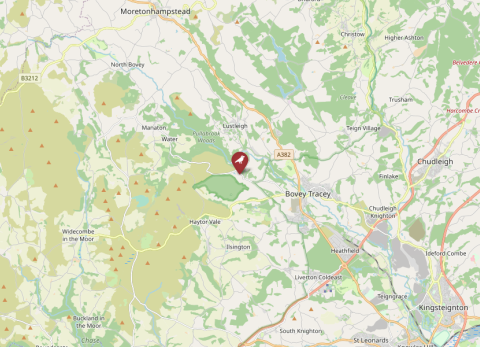East Dartmoor
View all studies on the map
©
Leaflet | OpenStreetMap | NIOO-KNAW
Details
- Land
-
United Kingdom
- Soort
-
Blue titCommon redstartEurasian nuthatchGreat titMarsh titPied flycatcher
- Pipeline
- Ja
- Max. nr nestboxes
- 313
- Lopende periode
- 1952–Present
- ID data
- Metal rings
- Tags
- Omgevingsdata
- Food availability
- Rainfall
- Temperature
- Individuele data
- Morphological measures
- Parasites data
- Habitat
- Deciduous
- Genetische data
- Blood samples collected
- Feather samples collected
- Basale broeddata
- Ja
- Winter data
- Roosting checks
- Voederdata beschikbaar
- Ja
Geen data beschikbaar
Data aanvragen
Details
- Land
-
United Kingdom
- Soort
-
Blue titCommon redstartEurasian nuthatchGreat titMarsh titPied flycatcher
- Pipeline
- Ja
- Max. nr nestboxes
- 313
- Lopende periode
- 1952–Present
- ID data
- Metal rings
- Tags
- Omgevingsdata
- Food availability
- Rainfall
- Temperature
- Individuele data
- Morphological measures
- Parasites data
- Habitat
- Deciduous
- Genetische data
- Blood samples collected
- Feather samples collected
- Basale broeddata
- Ja
- Winter data
- Roosting checks
- Voederdata beschikbaar
- Ja
